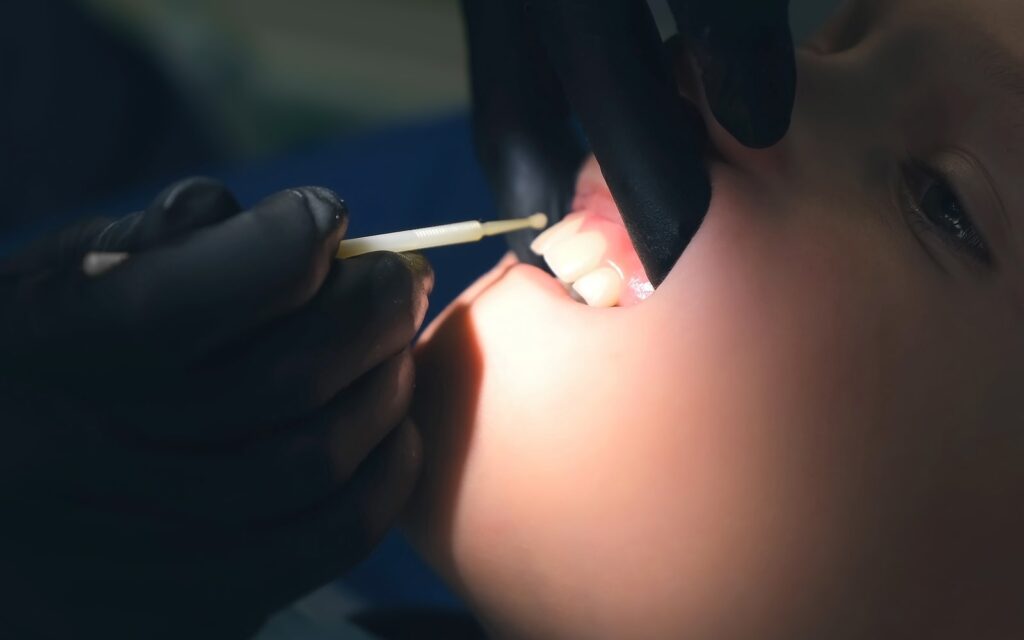Until 1994 occurrence of dental cavities had been experiencing a 24-year decline in frequency. This was the result of improving oral hygiene standards established by the American Dental Association and the National Institute of Health. Recent studies by the National Institute of Dental and Craniofacial Research show that dental cavities are starting to appear more and more frequently. Unfortunately, there’s more to it than just an increase in cavities. The severity of decay has also been shown to increase. Together this means more cavities and worse cavities are occurring than they have in years.
How To Help Reduce The Rise of Cavities
Needless to say, the most important part of preventing cavities is a consistent oral health routine. This means regular brushing, consistent flossing, and using mouthwash every time you brush. Together these three things can do an immense amount to reduce the occurrence of cavities. The VA Office of Dentistry took steps to limit the rise of cavities in the US by providing additional fluoride treatment options to veterans between 2009 and 2012. Access to these treatments was a primary part of making these efforts effective.
Follow-ups on these efforts have shown that those who received these treatments were 10% less likely to need dental restoration work than those who did not. This proved that fluoride treatments were helpful at all stages of life. These efforts, combined with improved awareness of the way that cavities develop and greater accessibility of effective treatments, are helping turn the tide.
Cavity Prevention Methods
Fluoride represents one of the longest-standing and most effective tools used in limiting the occurrence of cavities. However, there are additional ways that the occurrence of tooth decay can be reduced. Brushing and fluoride use is just the beginning:
- Community Water Supplies – One more note about fluoride must be made. The majority of those who live on city water receive fluoride just by drinking from the tap. Enriching city water with fluoride has been proven to be effective in helping even those with limited access to dental care experience fewer cavities. Three out of four Americans receive fluoride through city water.
- Lifestyle Changes – One contributor to the rising number of cavities has been the prevalence of acidic and sugary foods in the American diet. By limiting these foods, and those containing high carbs from your diet, you can greatly reduce the issues you face with tooth decay.
- Dental Sealants – One recent innovation in dental care is the dental sealant. These sealants are a thin plastic coating that is placed over the patient’s teeth to prevent decay. They’re a popular option for the young and elderly that may not have effective dental hygiene practices. They’re becoming a popular preventative among patients of every age in recent years.
These are just a limited sample of the new protections for your oral health that are coming out of the dental industry. Each of them represents one more way you can ensure you aren’t faced with tooth decay. Talk to your dentist to get additional oral health tips that can reduce the rising trend of cavities.

